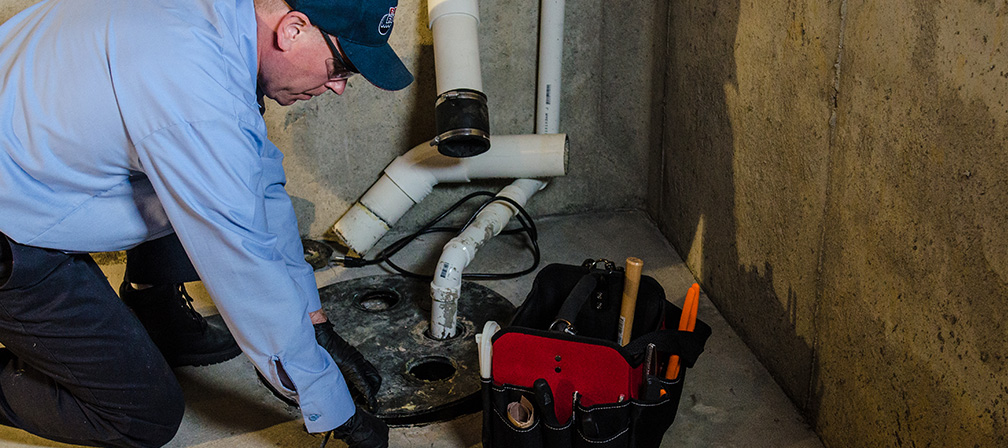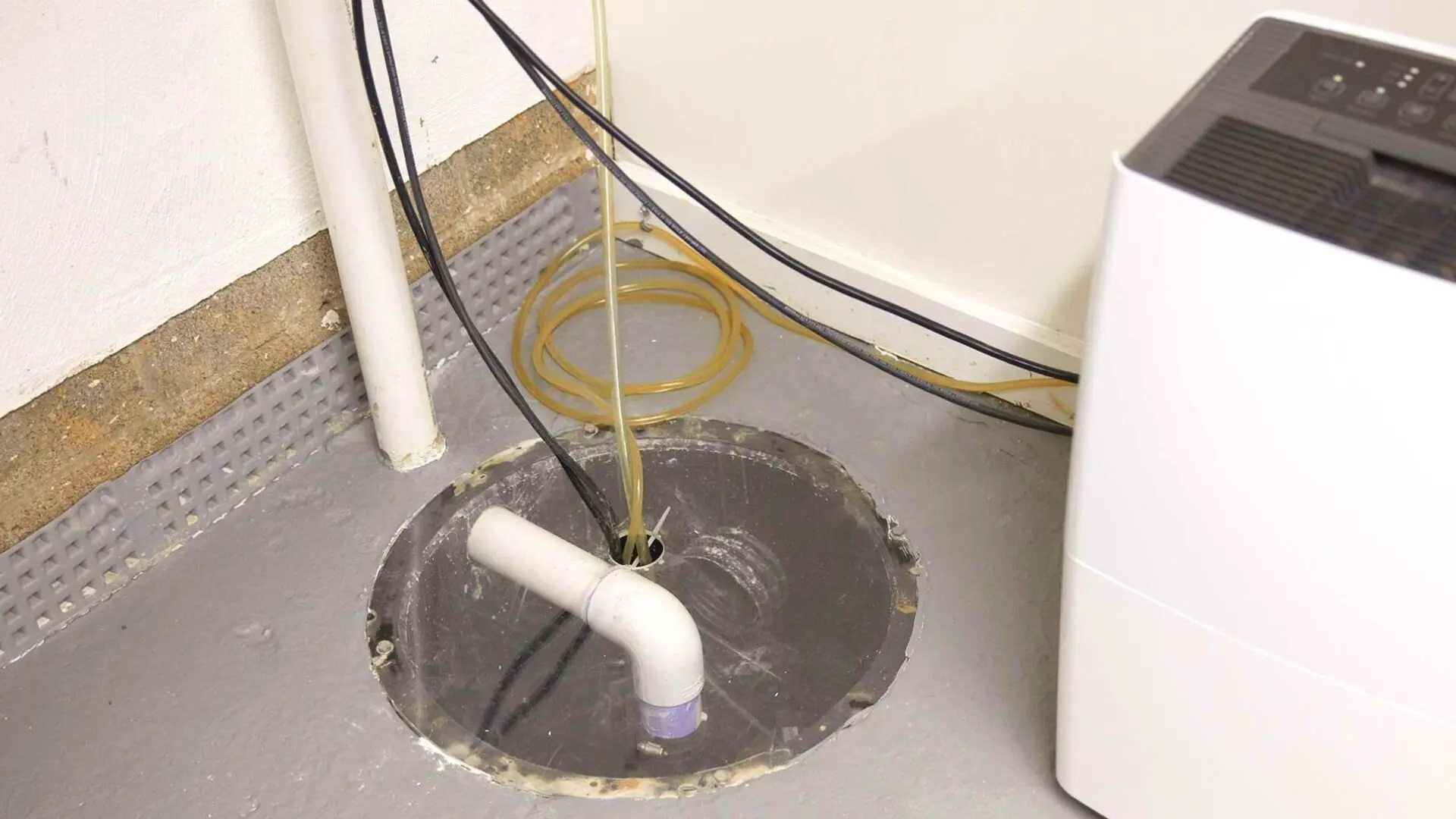Helpful Techniques for Caring for Your Sump Pump
Helpful Techniques for Caring for Your Sump Pump
Blog Article
We have uncovered the article involving How to Care for Your Sump Pump below on the web and accepted it made sense to write about it with you in this article.

Sump pumps are crucial parts in lots of homes, specifically in locations prone to flooding or excessive wetness. They assist protect against water damage by efficiently getting rid of excess water from cellars or crawl spaces. Nonetheless, like any other device, sump pumps call for regular upkeep to guarantee they operate successfully when required one of the most. Cleansing your sump pump is an important part of its maintenance, and recognizing just how to do it correctly can save you from costly repairs and prospective calamities.
Intro
Maintaining a clean sump pump is vital for its appropriate performance and long life. Overlooking this necessary task can lead to obstructions, malfunctions, and ultimately, water damage to your residential property. Therefore, discovering exactly how to clean up a sump pump is important for property owners who rely upon these devices to keep their cellars completely dry and protected.
Recognizing the Sump Pump
Prior to diving into the cleaning process, it's essential to have a basic understanding of just how a sump pump works. Normally set up in a pit or basin listed below the basement floor, a sump pump consists of a number of key components, consisting of a pump, a float switch, and a discharge pipeline. When water builds up in the pit, the float switch turns on the pump, which then pumps the water out via the discharge pipe, away from the building's structure.
Indications of a Dirty Sump Pump
Understanding when your sump pump requires cleaning is essential for protecting against possible breakdowns. Some common signs that show an unclean sump pump consist of unusual sounds throughout operation, minimized water circulation, and visible particles in the pit. If you notice any one of these signs, it's necessary to cleanse your sump pump without delay to avoid any additional issues.
Preparing for Cleansing
Prior to you start cleaning your sump pump, it's necessary to take some security precautions. Start by shutting down the power to the pump to stay clear of any electrical mishaps. Furthermore, put on proper safety equipment, such as gloves and safety glasses, to safeguard yourself from dust, particles, and possible pathogens.
Step-by-step Guide to Cleaning Up a Sump Pump
Shutting Off the Power
Begin by detaching the power supply to the sump pump to prevent any kind of mishaps while cleaning.
Eliminating Debris and Dirt
Make use of a bucket or an inside story to eliminate any noticeable debris, dust, or sediment from the sump pit. Dispose of the debris properly to avoid it from clogging the pump or the discharge pipeline.
Cleansing the Pump and Float Change
When the pit is free from particles, meticulously remove the pump from the pit. Examine the pump and the float switch for any kind of signs of damage or wear. Utilize a soft brush or fabric to cleanse the surface areas and eliminate any collected gunk.
Flushing the System
After cleaning the pump and float button, flush the sump pit with tidy water to eliminate any type of continuing to be dirt or debris. This will certainly aid guarantee that the pump operates efficiently and successfully.
Looking For Proper Performance
Before re-installing the pump, perform a fast examination to make sure that the float button turns on the pump correctly. Pour some water right into the sump pit and observe the pump's procedure. If whatever is operating appropriately, you can reassemble the pump and reconnect the power supply.
Upkeep Tips to Maintain Your Sump Pump Clean
Along with periodic cleaning, there are several maintenance suggestions you can follow to maintain your sump pump in optimum problem:
Final thought
Cleansing your sump pump is a vital facet of its maintenance and guarantees that it operates effectively when you require it one of the most. By complying with the steps laid out in this guide and including routine maintenance into your regimen, you can prolong the lifespan of your sump pump and secure your home from water damages.
6 STEPS ON HOW TO CLEAN A SUMP PUMP PROPERLY
UNDERSTANDING SUMP PUMPS
Your sump pump plays a crucial role in protecting your home by managing and removing excess water. It primarily functions as a “shield”, guarding your basement against the damaging effects of water accumulation. The pump is housed in a sump pit in the lowest part of your basement, and its job is to pump out any water that collects there.
During heavy rainfalls or when snow melts rapidly, water can infiltrate your basement, posing potential risks like flooding, structural damage, and harmful mold growth. Here, the sump pump springs into action, pumping out the intruding water and directing it away from your home.
SAFETY FIRST
Before cleaning, remember to prioritize safety. Disconnect the sump pump from the power source to prevent any accidental electric shocks. Also, wear sturdy gloves to protect your hands from any sharp or dirty components within the pump.
REMOVE THE SUMP PUMP
After ensuring your safety, the next step is to remove the sump pump from its pit. Doing this might require careful maneuvering as you don’t want to damage any pump components. Once removed, clean the sump pit to remove any accumulated debris or sludge.
INSPECT THE PUMP
Inspect the pump for any visible signs of wear or damage. Check the power cord, float switch, and impeller housing. If any components look worn out or damaged, consider replacing them to ensure optimal performance.
CLEAN THE PUMP
Thoroughly clean the pump with warm, soapy water. Make sure to rid it of any dirt, gravel, or other debris that might impede its performance. You can use a toothbrush to clean the small, hard-to-reach parts of the pump.
REINSTALL THE SUMP PUMP
Reinstall the pump into the sump pit Make sure it’s positioned correctly to remove the water effectively Once it’s back in place, reconnect it to the power source TEST THE PUMP
Finally, pour some water into the pit to ensure the pump works correctly. It should start automatically and begin pumping out the water; if it doesn’t, check the power source and the positioning of the pump.
Remember, while cleaning your sump pump is an essential part of home maintenance, hiring a professional plumber for a thorough inspection and cleaning at least once a year is also important. This will ensure that your pump is in optimal condition, ready to protect your home from potential water damage.
BEST PRACTICES FOR CLEANING SUMP PUMP DISCHARGE PIPES
Regular Inspection: Regularly inspect your discharge pipes, especially during heavy rainfall or snowmelt periods. Look for any signs of blockage or damage. Early detection of problems can prevent serious issues down the line. Periodic Cleaning: Over time, sediment and debris can accumulate in the discharge pipes, impeding the flow of water. Regular cleaning helps keep the pipes clear and functioning efficiently. You can use a high-pressure water jet to effectively clean the pipes. Insulation During Winter: In colder climates, discharge pipes can freeze, blocking the outflow of water. Protect your discharge pipes from freezing temperatures by insulating them with foam pipe insulation. This will ensure the sump pump can continue to discharge water even in freezing conditions. Proper Positioning: The discharge pipe should be positioned to direct water away from your home’s foundation. Improper positioning can lead to water seeping back into the basement. Ensure the pipe is long enough and angled correctly. Installation of a Check Valve: A check valve prevents water from flowing back into your sump pit after the pump has pushed it out. Installing a check valve helps maintain the efficiency of your sump pump and reduces the risk of flooding. Minimize Pipe Turns: Every curve or turn in the discharge pipe can decrease the efficiency of water flow. By minimizing turns and bends in your discharge pipe, you can increase the efficiency of your sump pump. https://www.fullspeedplumbing.com/how-to-clean-a-sump-pump-properly9999/

Hopefully you liked our topic about How to Care for Your Sump Pump. Thanks a lot for taking the time to read our post. Are you aware of anybody else who is enthusiastic about ? Why not share it. We enjoy your readership.
Maintenance Sign-Up Report this page